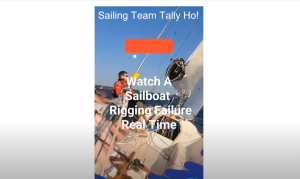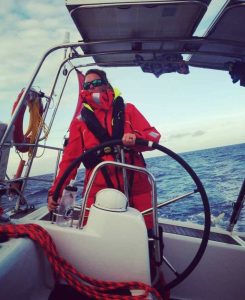Finding the right bottom paint is crucial for protecting your boat from algae, barnacles, and other marine growth. Ablative bottom paint is a popular choice for sailboats because it gradually wears away over time, continuously releasing fresh biocide to keep your hull clean. In this article, we will discuss the factors to consider when selecting ablative bottom paint to ensure smooth sailing all season long. Let’s dive in and learn what you need to know to keep your sailboat looking sharp and performing at its best. Have you been looking for the best ablative bottom paint for your sailboat but feeling overwhelmed by all the options available on the market? Don’t worry, we’ve got you covered. In this article, we will walk you through the process of choosing the best ablative bottom paint for your beloved sailboat. From understanding what ablative bottom paint is to factors to consider when making a selection, we will cover it all. So sit back, relax, and let’s dive into the world of ablative bottom paint for sailboats together.
What is Ablative Bottom Paint?
If you’re new to the world of sailboats and bottom paint, you may be wondering, “What exactly is ablative bottom paint?” Ablative bottom paint is a type of anti-fouling paint specially formulated to prevent marine growth on the bottom of your sailboat. Unlike hard bottom paints that create a smooth surface that marine life struggles to adhere to, ablative bottom paint slowly wears away over time, releasing biocides that deter organisms from attaching to the hull of the boat.
Think of it as a protective shield for your sailboat’s hull
Ablative bottom paint acts as a protective shield for your sailboat’s hull, keeping it clean and smooth while improving its performance in the water. By preventing marine growth, ablative bottom paint helps reduce drag, increase fuel efficiency, and extend the lifespan of your boat.
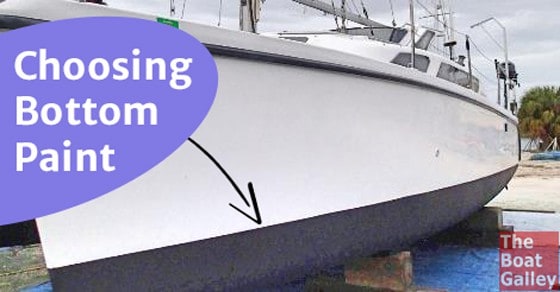
Factors to Consider When Choosing Ablative Bottom Paint
With so many options available in the market, it can be challenging to choose the best ablative bottom paint for your sailboat. To make the selection process easier for you, here are some essential factors to consider:
Water Conditions:
Consider the type of water your sailboat will be in. Different ablative bottom paints are designed for specific water conditions, such as freshwater, saltwater, and brackish water. Choose a paint that is suitable for the environment your sailboat will be navigating.
Boat Material:
The material of your sailboat’s hull plays a crucial role in selecting the right ablative bottom paint. Different hull materials, such as fiberglass, wood, aluminum, and steel, require specific types of bottom paint to ensure compatibility and effectiveness.
Biocide Content:
Check the biocide content of the ablative bottom paint you are considering. Biocides are active ingredients that prevent marine growth, and the percentage of biocide in the paint determines its effectiveness. Ensure that the biocide content meets the regulations in your area to protect the marine ecosystem.
Antifouling Period:
Consider the antifouling period of the ablative bottom paint. This refers to how long the paint will remain effective in preventing marine growth before needing recoating. Choose a paint with a suitable antifouling period based on your sailboat’s usage and maintenance schedule.
Application Method:
Some ablative bottom paints are designed for easy application, such as brush-on, roll-on, or spray-on options. Consider the application method that is most convenient for you and ensure that you have the necessary tools and equipment for a smooth painting process.
Budget:
Set a budget for purchasing ablative bottom paint and consider the cost per gallon or liter. Remember to factor in additional expenses such as primers, cleaners, and protective gear. Choose a high-quality paint that offers value for money and meets your sailboat’s specific needs.
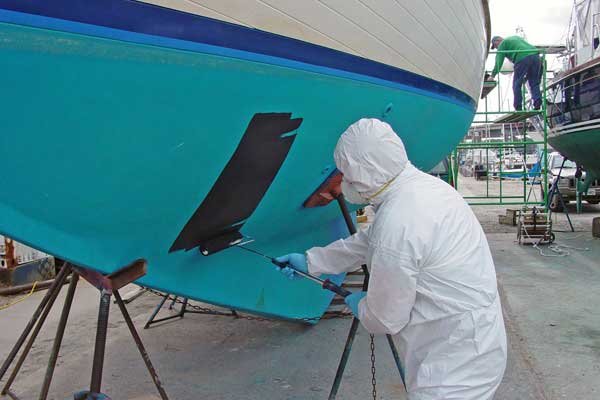
Popular Ablative Bottom Paint Brands
To help you narrow down your options, here are some popular ablative bottom paint brands that are trusted by sailors worldwide:
Interlux Micron CSC:
Interlux Micron CSC is a top choice among sailors for its multi-season antifouling protection and controlled polishing formula. It is suitable for all hull materials and provides excellent protection against barnacles, zebra mussels, and algae.
Pettit Hydrocoat:
Pettit Hydrocoat is a water-based ablative bottom paint that offers superior adhesion, durability, and resistance to slime and marine growth. It is environmentally friendly and easy to apply, making it a favorite among eco-conscious sailors.
Sea Hawk Cukote:
Sea Hawk Cukote is a copper-based ablative bottom paint that provides long-lasting protection against marine growth and fouling. It is ideal for both saltwater and freshwater conditions and offers excellent performance in high-speed and high-growth areas.
West Marine CPP Ablative:
West Marine CPP Ablative is a cost-effective bottom paint that delivers reliable antifouling protection for sailboats of all sizes. It features a self-polishing formula that ensures consistent performance and easy maintenance throughout the sailing season.
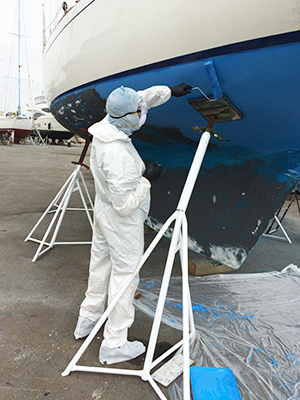
How to Apply Ablative Bottom Paint
Now that you’ve chosen the best ablative bottom paint for your sailboat, it’s time to apply it to the hull. Follow these steps for a successful bottom painting process:
Step 1: Prepare the Surface:
Inspect the hull for any signs of damage, oxidation, or previous bottom paint. Remove any old paint using a scraper or sandpaper, and clean the surface thoroughly with a hull cleaner to remove dirt, grease, and contaminants.
Step 2: Prime the Hull:
Apply a suitable primer to the hull to improve adhesion and ensure proper bonding of the ablative bottom paint. Follow the manufacturer’s instructions for the primer application and drying time before proceeding to the next step.
Step 3: Apply the Bottom Paint:
Stir the ablative bottom paint thoroughly to ensure uniform consistency. Use a brush, roller, or sprayer to apply the paint evenly to the hull, following the recommended number of coats and drying times. Allow each coat to dry completely before applying the next coat.
Step 4: Finish and Clean Up:
Once the final coat of ablative bottom paint has dried, inspect the hull for any missed spots or imperfections. Touch up any areas as needed, and clean up any paint spills or drips using a solvent recommended by the paint manufacturer.
Step 5: Dispose of Waste Properly:
Dispose of any leftover ablative bottom paint, solvents, and paint-related waste according to local regulations and environmental guidelines. Do not pour paint or chemicals down the drain or dispose of them in bodies of water.
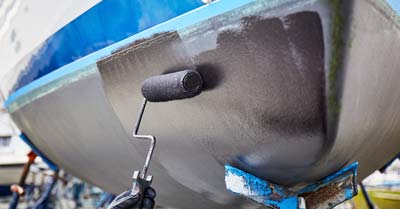
Maintenance Tips for Ablative Bottom Paint
To ensure the longevity and effectiveness of your ablative bottom paint, follow these maintenance tips:
Regular Inspections:
Inspect your sailboat’s hull regularly for signs of marine growth, blisters, or paint wear. Address any issues promptly to prevent further damage and maintain the performance of the bottom paint.
Cleaning:
Clean the hull periodically with a gentle boat soap and soft brush to remove dirt, salt, and debris that can affect the paint’s effectiveness. Avoid using harsh chemicals or abrasive cleaners that can damage the paint or hull material.
Touch-Ups:
Touch up any areas of the hull where the bottom paint has worn away or been damaged. Use the same type and color of paint to ensure compatibility and seamless blending with the existing paint layers.
Haul-Outs:
Schedule regular haul-outs of your sailboat to inspect the hull below the waterline and perform any necessary repairs or maintenance. This allows you to assess the condition of the ablative bottom paint and address any issues before they escalate.
Recoating:
Plan for recoating your sailboat’s hull with ablative bottom paint according to the manufacturer’s recommended schedule. This ensures continuous protection against marine growth and fouling, prolonging the lifespan of the paint and preserving your sailboat’s performance.
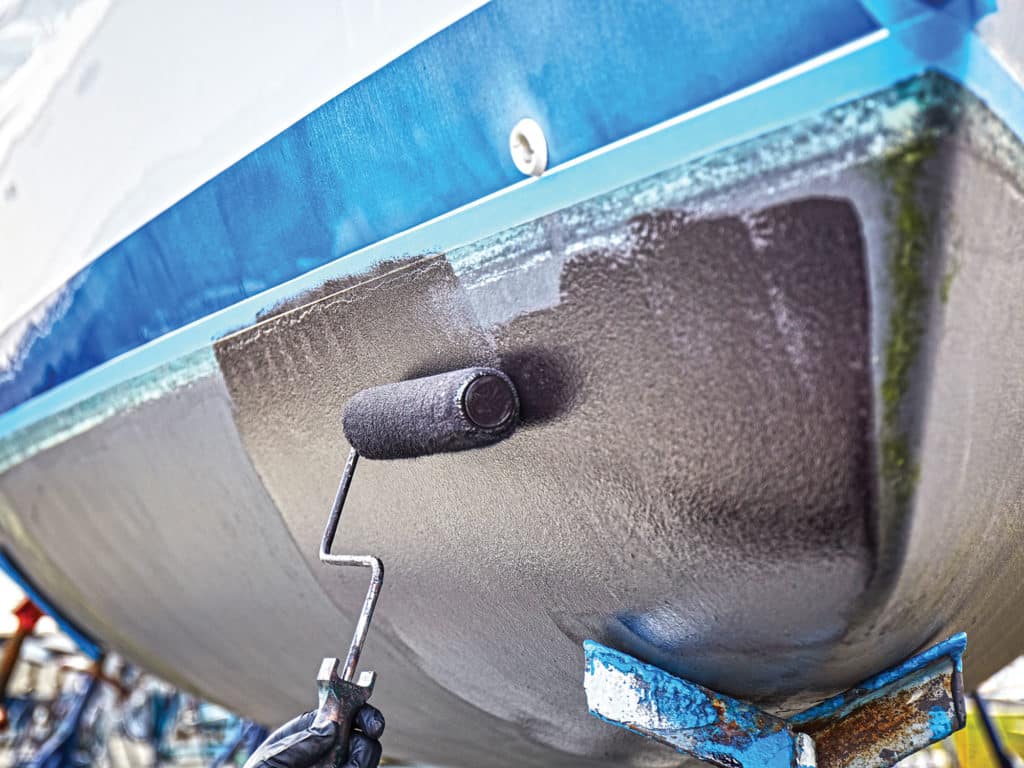
Conclusion
Choosing the best ablative bottom paint for your sailboat is a crucial decision that can impact the performance and longevity of your vessel. By considering factors such as water conditions, boat material, biocide content, antifouling period, application method, and budget, you can make an informed choice that meets your sailboat’s specific needs.
Whether you opt for a reliable brand like Interlux Micron CSC, Pettit Hydrocoat, Sea Hawk Cukote, or West Marine CPP Ablative, follow the recommended steps for application, maintenance, and disposal to ensure the success of your bottom painting project.
Remember, ablative bottom paint acts as a protective shield for your sailboat’s hull, keeping it clean, smooth, and efficient in the water. With the right paint and proper maintenance, you can enjoy worry-free sailing adventures and extend the lifespan of your beloved sailboat for years to come. So go ahead, choose the best ablative bottom paint for your sailboat, and set sail on your next maritime journey with confidence and peace of mind.

